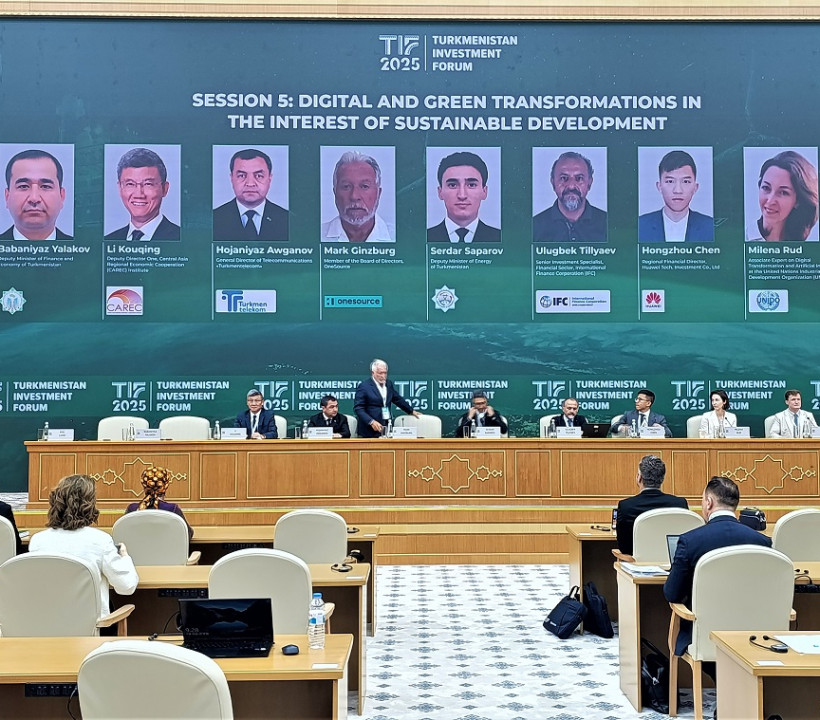 Sep 20 2025
Sep 20 2025
Great opportunity
In the Year of International Peace and Confidence, on the eve of the 34th anniversary of Turkmenistan’s Independence, the Turkmenistan Investment Forum (TIF 2025) was held in the Avaza National Tourist Zone on September 18 and 19, 2025. This major event brought together more than 800 foreign and local representatives to discuss the country’s investment opportunities. President of Turkmenistan Serdar Berdimuhamedow congratulated the forum participants on this occasion. "I firmly believe that this event in Avaza will contribute to the industrialization and socio-economic development of regions during the period of the Revival of the new era of the sovereign state, the introduction of modern technologies in sectors, the active implementation of the digital economy concept, and the attraction of investment," the head of state noted in his congratulatory message. The forum began with a plenary session entitled "Investment attractiveness of Turkmenistan as a factor ensuring strategic efficiency." The moderator of the session was Dmitry Shlapachenko, UN Resident Coordinator in Turkmenistan. Keynote speeches were delivered by prominent experts from around the world. Among them were Beatrice Luce Maser Mallor, Executive Director of the World Bank, and Rabab Fatima, Under-Secretary-General of the UN, who participated online. Speaking via videoconference to the participants of the Investment Forum in Avaza, UN Under-Secretary-General Rabab Fatima highly appreciated Turkmenistan's leading position in promoting the interests of landlocked developing countries and presented new UN initiatives aimed at attracting investment. The forum participants will have the opportunity to get acquainted with the latest economic reforms and initiatives, establish direct contacts with state and private enterprises of Turkmenistan, and develop specific investment It provided a wide opportunity to discuss projects and identify new directions for cooperation. The forum program included strategic panel discussions, presentations of investment projects, B2B and B2G meetings, master classes and cultural events. Within the framework of the Investment Forum of Turkmenistan (TIF-2025), which was held in the Avaza National Tourist Zone, a number of important documents were signed aimed at strengthening strategic agreements in various sectors of the economy. These agreements demonstrated the broad economic interests of Turkmenistan and its readiness to deepen international cooperation.






